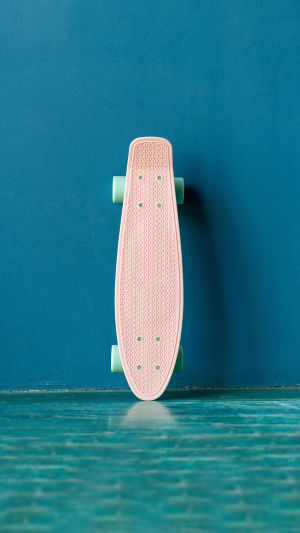Le skateboard, né à la fin des années 1950 et au début des années 1960 de l'esprit du surf, est devenu un sport dynamique et habile adopté par les passionnés du monde entier.
Issu de la culture du surf, le skateboard est devenu l'un des sports de planche les plus exaltants, caractérisé par des manœuvres complexes effectuées sur des skateboards sur diverses surfaces et installations spécialisées.
In the late 1980s, skateboarding found its way to Asia, propelled by the influence of movies and cultural exchanges among skaters. The diversity of skateboarding programs expanded, encompassing longboard speed, longboard flat flower, skateboard racing, wave path racing, super ramp, skateboard freestyle, flat against the race, and other forms.
On August 4, 2016, the International Olympic Committee announced that skateboarding, along with five other sports, was officially listed as an Olympic sport, marking a significant milestone in the sport's history. Skateboarding embarked on its Olympic journey, gaining recognition on the global stage and further solidifying its status as a legitimate and competitive sport.
Official skateboarding competitions typically categorize events into street-style races and bowl pool races. The street-style race venue typically covers 1500-2000 square meters, featuring obstacles such as big steps, small steps, elevated platforms, and angled platforms.
Le format du tournoi de street-style suit une structure 2+5, composée d'un Tournoi de Route et d'un Grand Tournoi de Jonglerie. Lors de la phase préliminaire, chaque membre de l'équipe dispose de deux tours, avec une limite de temps de 45 secondes par tour.
Dans la phase finale, les membres de l'équipe ont deux tours de parcours avec la même limite de temps, ainsi que cinq tours de tricks (grosses cascades) avec un mouvement par personne par tour.
D'autre part, un tournoi de bowl pool transforme une piscine traditionnelle en skate park, d'où le nom de « Park ». Les bowl pools conservent leur conception originale en carreaux, offrant aux concurrents un environnement unique et stimulant.
The competition unfolds on a bowl-shaped prop featuring a complex series of curves, surrounded by rounded bowl walls of varying heights and slopes. The bowl competition consists of two phases: preliminaries and finals, with each athlete completing a coherent action using the bowl props. Competitors have three rounds of 45 seconds each to showcase their skills and creativity.
The globalization of skateboarding has not only expanded its reach but also diversified its community, fostering a vibrant and inclusive culture.
Skateboarding transcends geographical boundaries, bringing together individuals of different backgrounds, ages, and skill levels united by their passion for the sport.
Skate parks have become hubs of creativity and self-expression, providing a space for skateboarders to hone their skills, connect with others, and push the boundaries of what is possible on a skateboard.
The evolution and globalization of skateboarding highlight the sport's resilience and adaptability. From its humble origins as a pastime for surfers to its inclusion in the Olympic Games, skateboarding has undergone a remarkable journey, captivating audiences around the world with its athleticism and creativity.
As skateboarding continues to evolve, it remains a testament to the power of passion and perseverance, inspiring generations of skateboarders to push the limits and embrace the thrill of the ride.





